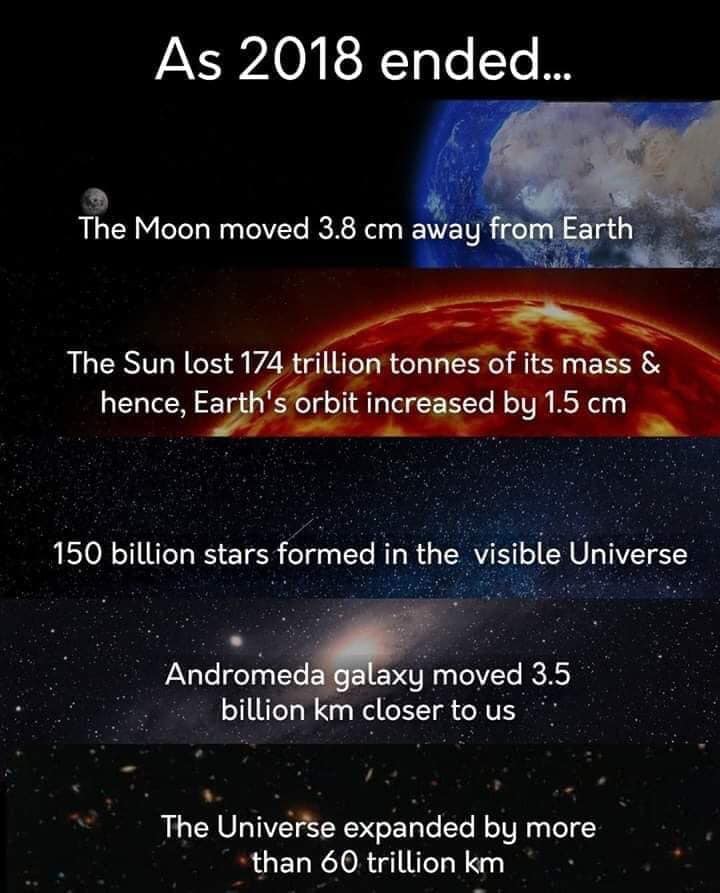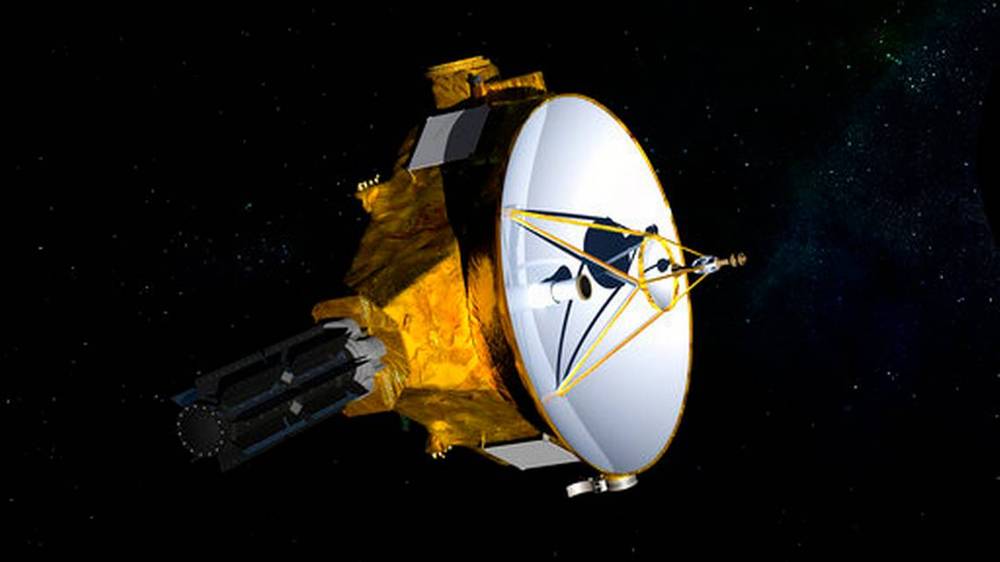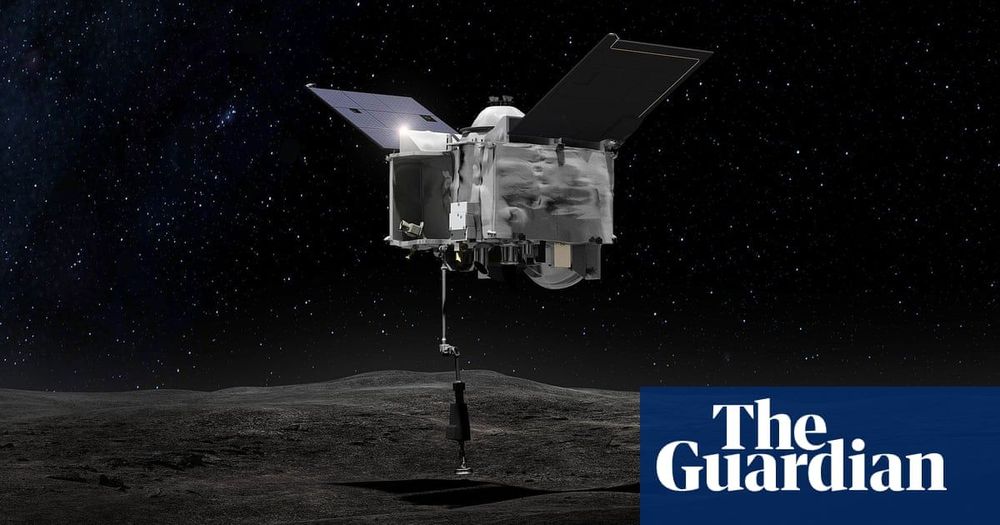Fifty years after Neil Armstrong, robots from China, India, Israel, NASA and elsewhere are heading back this year.
- by
-
Eric Mack



William Falconer-Beach has rendered some images of the SpaceX Starship with a mirror polished stainless steel body.
Elon Musk has reported that SpaceX is building the body of the Starship out of stainless steel and that it will be polished to a mirror finish.
A hopper version of the Starship should have its first test flights by April 2019. The Super Heavy should reach orbit in 2020.
These homegrown, biodegradable cups are one startup’s attempt at reducing plastic waste.

Just like last year, this year’s 60 predictions reveal the state-of-mind of key participants in the cybersecurity industry (on the defense team, of course) and cover all that’s hot today. Topics include the use and misuse of data; artificial intelligence (AI) and machine learning as a double-edge sword helping both attackers and defenders; whether we are going to finally “get over privacy” or see our data finally being treated as a private and protected asset; how the cloud changes everything and how connected and moving devices add numerous security risks; the emerging global cyber war conducted by terrorists, criminals, and countries; and the changing skills and landscape of cybersecurity.

Weizmann Institute of Science. (2018, December 31). The immune system’s fountain of youth: Helping the immune system clear away old cells in aging mice helped restore youthful characteristics. ScienceDaily. Retrieved January 1, 2019 from www.sciencedaily.com/releases/2018/12/181231103951.htm


The Latest on NASA’s New Horizons’ New Year rendezvous (all times local):
12:33 a.m.
A NASA spacecraft opens the new year at the most distant world ever explored, a billion miles beyond Pluto.

On his 125th birth anniversary, ThePrint celebrates one of India’s greatest physicists.
New Delhi: Bose-Einstein statistics, Bose-Einstein Condensate, Bosons — these are terms that even casual observers of physics have heard regardless of whether they actually know about them or not. These nomenclatures, based upon Satyendra Nath Bose’s surname (along with Einstein’s in the first two cases), both commemorate and signify his immense contribution to physics.
Bose’s novel derivation of Planck’s formula without relying upon classical electrodynamics resolved a conceptual inconsistency which had troubled all famous scientists of the day.
